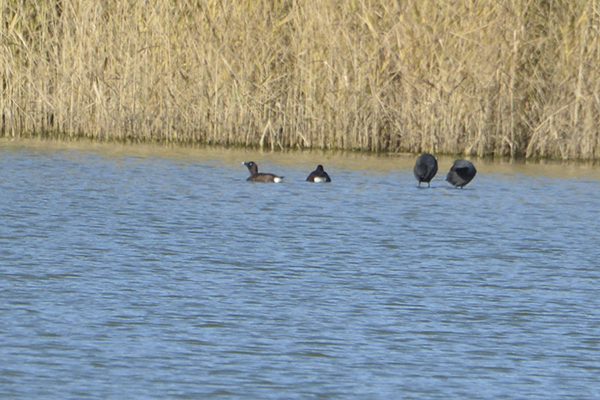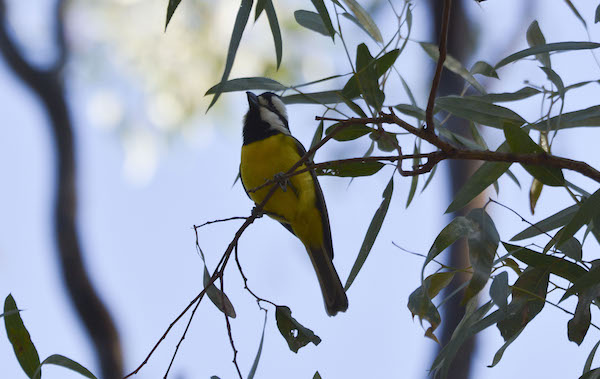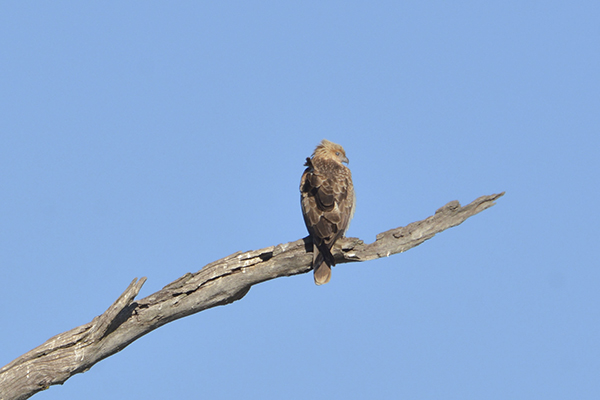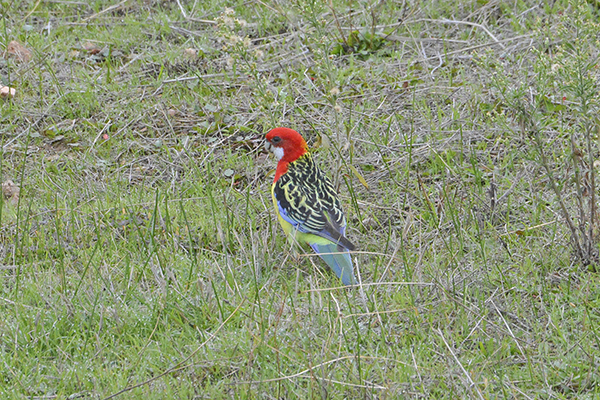We're over in Oz again visiting family and I've had the chance to visit a local wetland reserve a couple of times about 20 km away. Wonga Wetlands is a great little place and is still being developed to try and recreate an area of wetland how it would have been. Inevitably this means trying to manage water levels artificially and at this time of year its particularly dry but theres still been plenty to see.
On my first visit I missed Black-fronted Dotterel and only found out they were there by checking the Wonga Wetlands eBird Australia page and seeing they'd been seen the previous day. I eventually found them on a virtually dried up muddy lagoon.
Other birds seen included foraging flocks of Superb Fairy Wrens, White-browed Scrub Wren and Red-browed Finches.
Species like Grey Shrikethrush and Brown Treecreeper show exceptionally well here and can be found close to the car park.
Theres a printed checklist of birds to be found on site that I picked up at the reception area. Scarlet Robin is a scarcity as they move down from their higher altitude breeding sites in the autumn and winter so I was lucky to get a record shot of this little stunner.
Another interesting bird was the 'Yellow' Rosella which, apparently is a sub-sepices of Crimson Rosella. Two completely looking birds! Check the photos out below:
On the remaining wet areas theres a few birds around including Australian Shoveler, Grey Teal, Australian Wood Duck (Maned Duck), Black Swans and Australian Pelicans.
White-faced and White- necked (Pacific) Herons are common as are Dusky Moorhen and Australian Swamphen.
Grey Kangaroos are common on site and I've also seen introduced Fallow Deer, native Water Rat (Rakali) and best of all, a Duck-billed Platypus. I've seen these before on the Yarra in Melbourne but was surprised to see one here.


















































































































